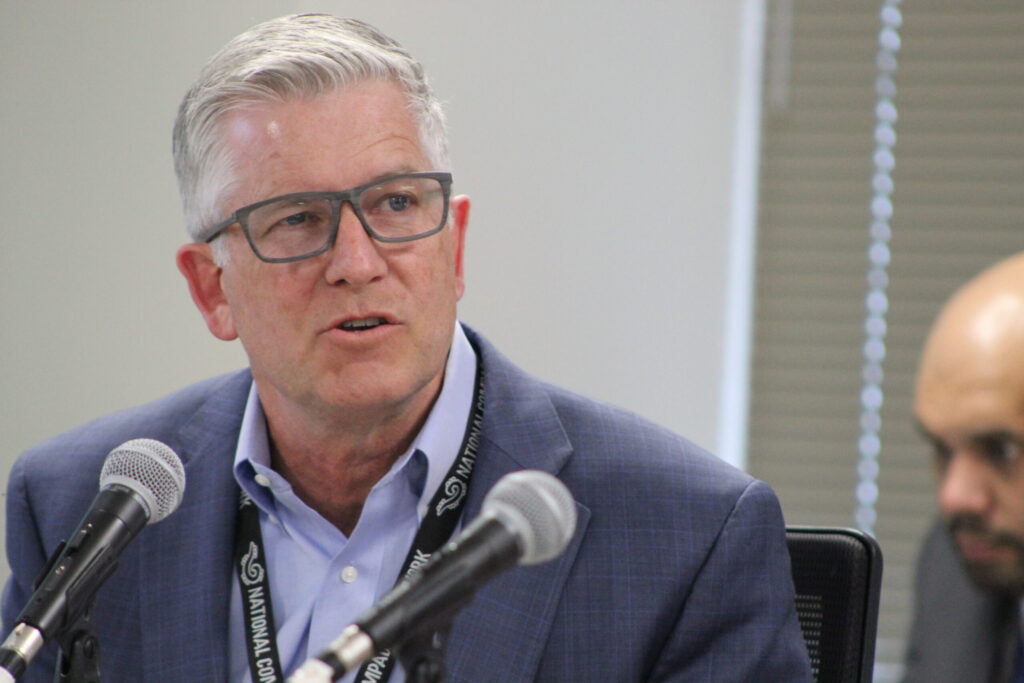HUDSON | Does higher ed care if our kids succeed?

The freshman class entering the University of Maryland in the fall of 1963 was nearly 7,000 strong. The entire class was brought to campus for 10 days of orientation prior to official registration. The College Park campus is located just eight miles outside Washington, D.C. The drinking age in the nation’s capital was 18, while Maryland had raised it to 21. Evening treks into the District would be routine for the ensuing four years. Long before the advent of designated drivers, the least incapacitated usually took the wheel for the return trip.
With nothing to do on weekends, we were able to attend Martin Luther King’s March on Washington. Sound systems weren’t what they are today, and for those of us halfway down the reflecting pool from the Lincoln Memorial, only bands could be heard clearly. It would be several weeks before I realized King’s “I Have a Dream” speech carried historical significance. Unable to understand the speakers, we spent our time splashing in the water waiting for another musical act. Later, that November, I was reading in my dorm room when someone ran down the hall shouting, “…the president’s been shot in Dallas.” I was overwhelmed with the instant certainty John Kennedy was dead.
That year both the SAT and ACT tests were relatively new, competing with one another to sign up colleges and universities to require applicants to use their questionnaires. Most college-bound high school juniors had taken both tests. It was apparent, even then, there were cultural and class biases in scores. White, middle-class kids generally did better. Now, some 60 years later, the Colorado legislature has banned testing altogether. I should confess there are also a few students who simply have a knack for a multiple-choice format — I was one of them. I’ve aced tests on subjects I knew nothing about. Without taking a physics course in high school, I passed the advanced placement exam and found myself in a class at Maryland where I was the only student who hadn’t completed calculus. I transferred to Physics 101.
Years later, enrolled in a testing class in the psychology department, I learned there are actually two varieties of academic readiness tests — power tests and timed tests. The SAT at that time was more a power test, in the sense that a student was provided sufficient time to answer all the questions asked in the time allotted. Timed tests, like the ACT, measured how many questions you could answer to in the time allotted. Dithering is penalized in timed tests. One of my high school teachers served on a review panel for the ACT and he counseled me, “If you are in doubt, select the best written answer.” His point was that test developers pore over the correct answer to insure it can’t be challenged. Then, they slap together three incorrect and often slipshod answers. It was the best advice I ever got.
Undoubtedly, these academic preparedness appraisals have long discriminated against poor kids, minority communities and immigrant children. Yet tossing testing out entirely leaves open the question of how we should determine who is prepared to succeed in college. After decades of insistence on the value of tests, we should pause and ask why higher education institutions have so quickly concurred with their elimination. Could it be that in a world of student loans, higher education really isn’t concerned whether its students succeed? Both conservative and liberal observers have noted the reduction in legislative support for our public colleges and universities, successfully transferring the economic burden onto tuition.
Universities vie with one another to offer the finest amenities today — spectacular athletic facilities, dorms rivaling luxury hotels and the best in fine dining. It wasn’t so long ago the Colorado legislature was debating whether Colorado high schools shouldn’t guarantee their diplomas by reimbursing colleges when incoming freshman require remedial courses to tackle college-level academic demands. We now run the risk of imposing tens of thousands of dollars of debt on the young men and women who lack the academic tools to succeed. There is a growing disconnect between our aspirations and real-life consequences. A handful may succeed who otherwise might never have had the chance, but others will find themselves locked in a debt trap they cannot escape, courtesy of the General Assembly.
On that early Monday morning at College Park in August of 1963 “Tex” Elkins, the university president, asked us to introduce ourselves to the freshman sitting on either side of us. After a few moments of mumbled rustling, Elkins announced, “Neither of the people you just met is likely to graduate from Maryland.” (I was damned sure I would, but this was bad news for my seatmates.) Completion rates aren’t much better today, but taxpayers no longer fund the risk. Students do.













